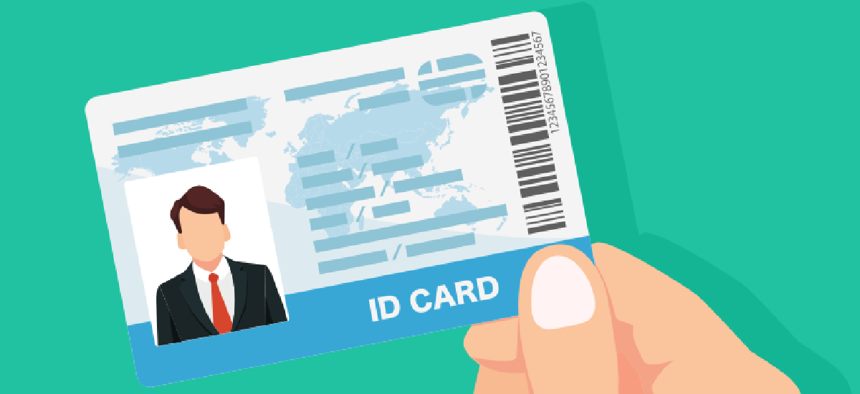Creating safer cities through improved ID security


Connecting state and local government leaders
To secure identification cards, agencies must monitor the cardstock, introduce a few new security measures and teach stakeholders how to accelerate the verification process.
When it comes to emergencies, time matters. In fact, 911 operators are advised to answer 90 percent of calls within 10 seconds. Yet, first responders often lack the ability to quickly bring on additional staff in emergency situations – it simply takes too much time to verify the credentials of individuals tasked with frontline responsibilities. Credentials are an important aspect of validating rights to access secure areas, and validation should include both digital and physical security to help authenticate the individual. A reliable and secure ID helps ensure citizen safety by reducing responder response times.
By taking steps to prevent tampering, implementing advanced security measures and improving training for relevant stakeholders, governments can craft an emergency-ready ID program that uses multi-layered security.
Mitigating risks demand a multi-layered security approach
The right ID card design incorporates multi-layered security elements that minimize fraud, starting with the cardstock on which it’s printed. While a blank piece of plastic may seem harmless, criminals can compromise cardstock long before it’s transformed into an ID, making it important to secure everything from where cardstock is stored to who is responsible for monitoring it. Those issuing credentials should kick their surveillance up another notch by developing an audit program that regularly monitors available inventory. The more information available about how much cardstock is on hand, the greater the likelihood of noticing if some goes missing.
Next, best practices recommend following the "security at time of personalization" or STOP method, which delivers multi-tiered security by adding personalized elements (signature, photo, name, personal attributes, etc.) to cards during their creation/printing that make them much more difficult to fake or steal. By binding a secure substrate with unique personalization elements and durable overlays, an ID card can include variable data that is unique to the document and document-holder and inhibit alteration. Cards should also include features for easy validation by field officers and deter counterfeiting by requiring ID card printing that uses specialized knowledge and technology. To follow the STOP method, ID programs can select features that combine overt, covert and forensic security elements for easy authentication, tamper-resistance and near-imperviousness to counterfeiting.
Add tactile impressions
Tactile printing technologies allow card issuers to add a visible, tangible security element during the personalization process, providing a card that authenticators can quickly see and feel to validate. This added layer offers a range of benefits from protecting against counterfeiters to helping the visually impaired understand data on their credentials. Easily detectable and nearly impossible to remove, a tactile impression is one of the most effective ways to secure an ID. For added security, the tactile elements can be placed over a photo to protect against image substitution.
Include optically variable devices
OVDs -- images featuring optical effects such as movement or color changes – should be used in card substrates and overlays to protect the security of the overall document. Today, fraudsters can mimic simple holographic designs, so these elements should include the higher-end technological advances in the market such as e-beam technology that covers elements in a laminate that is not as easy to replicate.
Raise awareness
Ensure those checking IDs know what to look for by creating a training program that outlines the quickest path to verification. Instead of wondering where to look on an ID card, stakeholders can speed up the authentication process by following a standard procedure.
Make the process even more convenient with card information that’s easily recognizable. High resolution photos, for example, can clear up confusion about whether an individual matches his ID. Adding a repeat image to the ID design, in the form of a black and white laser, can also be applied as an optional security measure. It may also be a good idea to consider the size of relevant information. Large fonts alleviate some of the difficulty associated with quickly verifying an ID.
It’s time for a multi-layered approach to security. Increasingly, sophisticated fraudsters are more than capable of bypassing single security measures. Keep citizens safe during times of crisis and on a daily basis by monitoring cardstock, introducing a few new security measures and teaching stakeholders how to accelerate the verification process.




